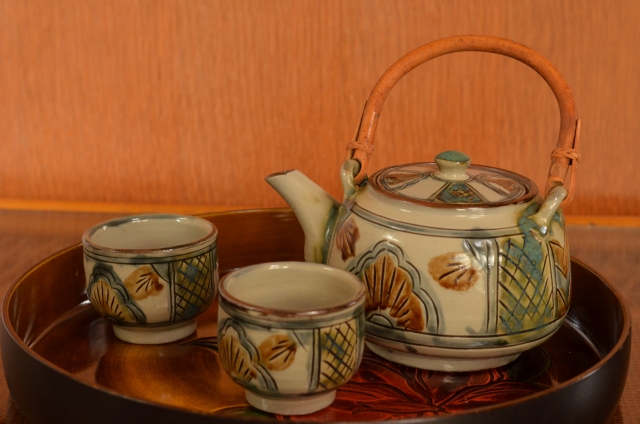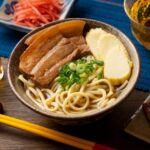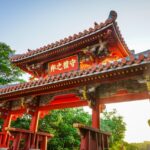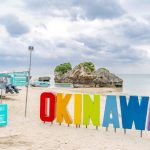About 570 years ago, Okinawa was the Ryukyu Kingdom and developed uniquely.
It has been designated as a “Traditional Craft” by the Ministry of Economy, Trade and Industry — with 16 items honored, ranking third in Japan after Tokyo and Kyoto.
Here are some traditional crafts we highly recommend you explore during your trip to Okinawa.
Tsuboya Pottery
Tsuboya Pottery, also known as “yachimun,” is among Okinawa’s signature ceramics, originally made in Tsuboya, Naha.
It is mainly divided into glazed and unglazed types.
Glazed ware uses a unique glaze and is fired at 1200 °C, resulting in a gentle, calming finish.
Unglazed ware is fired at 1120 °C without glaze, offering a simple, rustic charm.
Since Naha City banned climbing kilns in 1974, some potters moved to Yomitan Village, so Tsuboya Pottery is now produced both in Tsuboya and Yomitan Village.
Yachimun & Café Gunjo
This café, attached to the Tsuboya Pottery kiln “Toshin-Gama” in Yomitan Village, offers a charming experience.
You can enjoy meals served in Tsuboya Pottery and purchase the pieces on site.
They offer pottery-making experiences, and children can participate with adult supervision, making it a fun family activity.
Ryukyu Lacquerware
Lacquer techniques introduced from China were uniquely developed in Okinawa into what is now Ryukyu Lacquerware.
Its hallmark is a variety of techniques, including the distinctive “tsuikin” method.
Designs featuring hibiscus, yuna, goya (bitter melon), and ferns evoke the spirit of Okinawa, and are delightful to behold.
Kakuman Lacquerware
Located in Shuri, Naha City, Kakuman Lacquerware is a long-established shop with about 120 years of history.
They offer plates, stacked lunch boxes, trays, along with chopsticks, hand mirrors, cups, and more.
Lacquerware tends to be pricey, but it’s worth acquiring as a cherished, long-lasting item.
Ryukyu Bingata
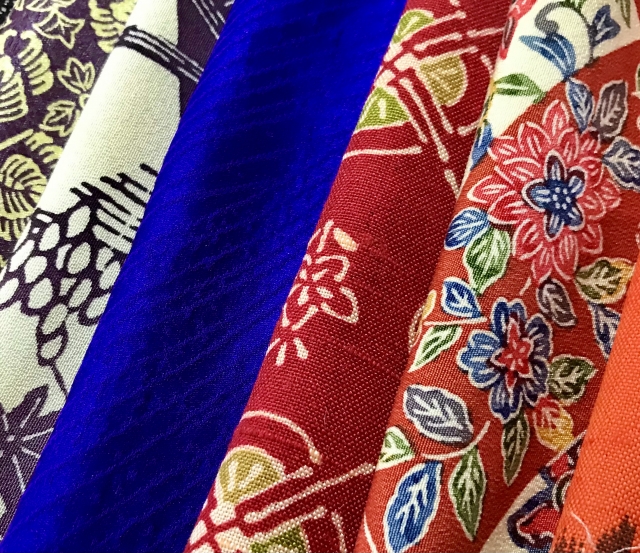
Ryukyu Bingata is a historic textile once worn as formal wear by noblewomen in the Ryukyu Kingdom.
“Bingata” is brightly dyed while “E‑gata” uses only Ryukyu indigo.
Shuri Textile Museum Suikara
Here you can experience Bingata dyeing, creating your colored tote bag.
They also offer weaving classes for Ryukyu Bingata, including a 60-minute class or an immersive 4-day course.
A great family-friendly place to make memories through Bingata craft.
Kijōka Bashōfu
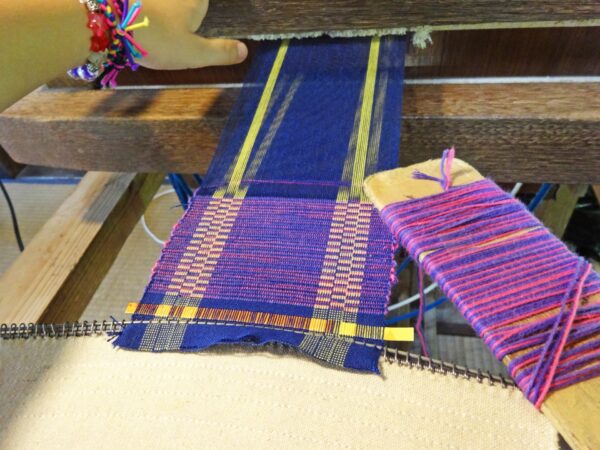
This textile, made in Kijōka, Ogimi Village, is woven from fibers of the “ito bashō” plant.
It’s prized for its breathable comfort and soft, refreshing hues—perfect for Okinawa’s climate.
Its defining feature is that every step—from cultivation to weaving—is done entirely by hand.
Painstakingly woven, Bashōfu was used for royal garments and treasured as a tribute to China and Japan during the Ryukyu era.
Ogimi Village Bashōfu Museum
The Ogimi Village Bashōfu Museum
A must-visit spot for experiencing the beauty of Bashōfu.
On the 1st floor, you can buy small items, watch a documentary on the process,and observe artisans at work.
Sanshin
The original three-stringed instrument, “Sansuen,” was brought from China and evolved into the Sanshin as a court instrument.
Once the pride of the samurai class, it spread among the public, and today it is indispensable in folk songs, Ryukyu opera, and J‑pop.
Yara Sanshin Shop
Located in Ginoza Village on Okinawa’s main island’s north, this shop offers a variety of Sanshin instruments.
Its biggest draw is the Sanshin‑making experience, using real artisan tools.
You’ll also learn how to read “kunkunshi” (Sanshin sheet music) and traditional singing techniques.
Yaeyama Minsa
This plain‑woven cotton textile from Taketomi and Ishigaki Islands features patterns used during weddings, where women gifted them to men.
The “5” and “4” motifs symbolize “forever and always.”
They make a romantic souvenir to exchange on an Okinawa trip.
Minsa Craft Center
Headquartered in Ishigaki City, with stores in Naha and Urasoe PARCO CITY,
visitors to the main island can also purchase Yaeyama Minsa there.
They offer Kariyushi shirts, wallets, bags, and other gift items.
Ryukyu Glass
While glass is typically transparent, Ryukyu Glass is known for its distinctive colors and bubbles, giving a fresh and gentle feel.
This arose from post-WWII material shortages.
Disused juice bottles and other discarded glass were reused, leading to the unique beauty of Ryukyu Glass.
Ryukyu Glass Studio Kirameki
At this Onna Village studio, you can join a hands-on glassmaking experience.
With careful guidance, even children can create a one-of-a-kind glass. You select the shape and color—a perfect family memory maker.
Tour Okinawa with a GOGO Car Rental!
To explore Okinawa efficiently and enjoyably, renting a car is highly recommended.
Buses can be time-consuming, and taxis can become expensive.
Rental cars are cost-effective and allow spontaneous detours—perfect for a full Okinawa experience.
Shurijo Castle Park is far from the monorail station, so a rental car makes for a smoother visit.
The top recommendation is GOGO Car Rental.
They offer free drop-off plans, hybrid cars to save fuel, and more.
You can also get discounts by booking online, making it even more affordable.


